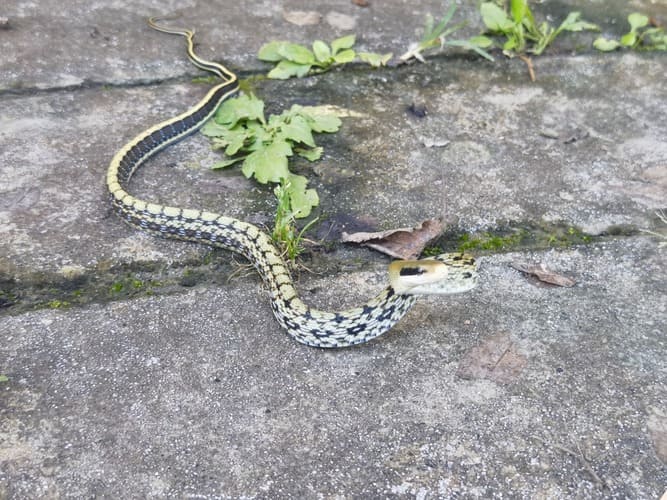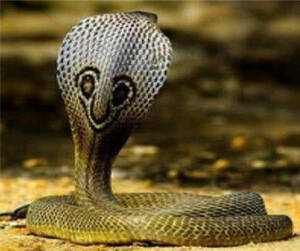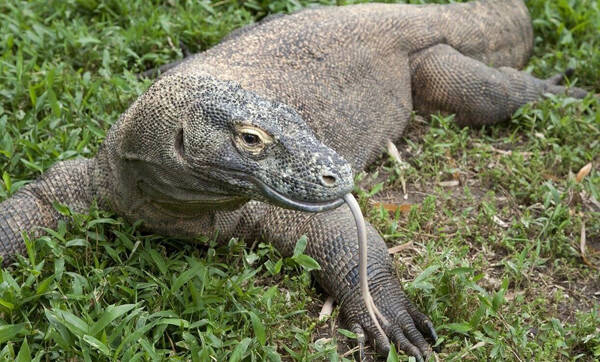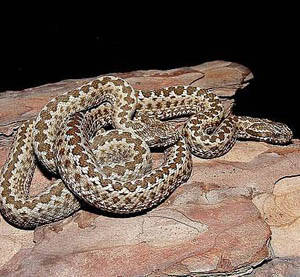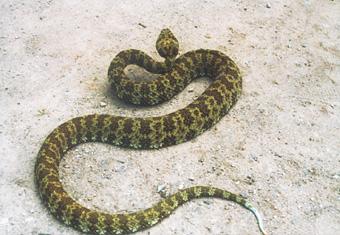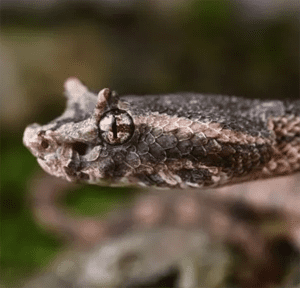Hydrophis cyanocinctus
IUCN
LCBasic Information
Scientific classification
- name:Hydrophis cyanocinctus
- Scientific Name:Hydrophis cyanocinctus,Sea snake, sea snake
- Outline:Squamata
- Family:Elapidae S.snake
Vital signs
- length:1.5-2m
- Weight:500-1500g
- lifetime:About 20 years
Feature
The venom is more than 20 times that of a king cobra.
Distribution and Habitat
The blue-ringed sea snake is mostly distributed in the coastal areas of Shandong, Jiangsu, Zhejiang, Fujian, Taiwan, Guangdong and Guangxi in China.
Outside China, it is mostly distributed in the Persian Gulf and the Indian Ocean. In the Pacific region, it extends from Japan in the north to the coast of Irian Island in the south.
The blue-ringed sea snake likes to live in shallow waters around the continental shelf and islands, and is rarely seen in open seas with a depth of more than 100 meters. Some of them like to stay in muddy water with sandy or muddy bottoms, while others like to move in clear water around coral reefs.
Appearance
The abdominal scales of Qinghuanhai snake are small, with width no more than twice that of the adjacent scales, with 2 ribs. The size of the abdominal scales is relatively consistent throughout the body. Some of the abdominal scales are split into two longitudinally, and the dorsal scales are round, ribbed or have short spines. Imbricate arrangement, 37-43 rows. Behind the second and third lower labial scales, there is a row of small scales embedded between the lower lip edge and the lower labial scales. The body is long, the front end of the body is not slender, and the total length is 1,200-2,000mm. The head and back of young snakes are dark olive or black, sometimes with yellow horseshoe-shaped spots. The body and tail are olive or light yellow, with 50-71+5-10 wide black horizontal stripes or rings. Most individuals have prominent black stripes on the back, sometimes The black lines on the side of the body gradually disappear and no ring lines are formed. The back of the head and b
Details
The Latin name of the blue-ringed sea snake is Hydrophis cyanocinctus, a highly venomous snake of the front groove class.
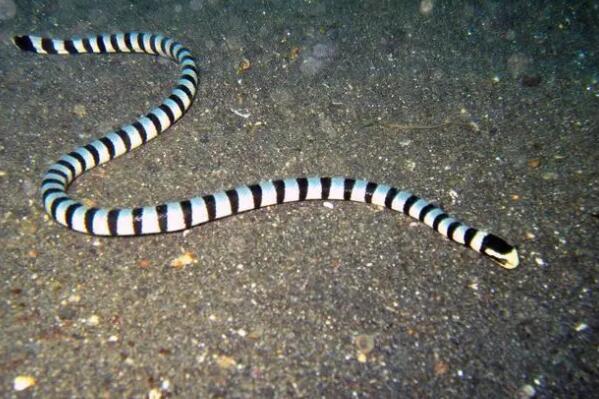
The blue-ringed sea snake mainly preys on snake eels. Most of the food is sharp-nosed snake eels. Occasionally there are other eels and fish. Food is mainly swallowed from the head. Generally, there is one eel in the stomach. Occasionally there are three.
The diving depth of the blue-ringed sea snake varies. The diving time of shallow-water blue-ringed sea snakes generally does not exceed 30 minutes. The time they stay on the water surface is also very short. Each time they just show their heads, take a breath quickly and dive back into the water. Deep-water blue-ringed sea snakes stay on the water surface for a longer time, especially in the evening and at night. The diving time can be as long as 2-3 hours. Blue-ringed sea snakes are gregarious. Thousands of them often drift down the water together, making it easy to catch. They are also phototactic, and using light to trap them at night will yield more harvests.
Blue-ringed sea snakes are ovoviviparous. The blue-ringed sea snakes on Hainan Island give birth to snake pups in October, with 3-15 pups each time. The maximum egg diameter is 19mm * 6mm.
The main toxins of the sea snake are neurotoxins and myotoxins, which account for about 60% of the total venom. The venom discharge of the sea snake is 43mg/kg body weight. The solid content is 13%, and the freeze-dried snake venom is 5.6mg. The LD50 of intraperitoneal injection of the poison in mice for 24 hours is 0.17mg/kg.
It is included in the "List of Terrestrial Wildlife with Important Economic and Scientific Research Value under State Protection" issued by the State Forestry Administration of China on August 1, 2000.
Listed in the 2013 IUCN Red List of Threatened Species ver3.1—Near Threatened (NT).
Listed in the China Biodiversity Red List—Vertebrate Volume, with an assessment level of Vulnerable (VU).
Listed in the second level of the China National Key Protected Wildlife List.
Protect wildlife and eliminate game.
Maintaining ecological balance is everyone's responsibility!

